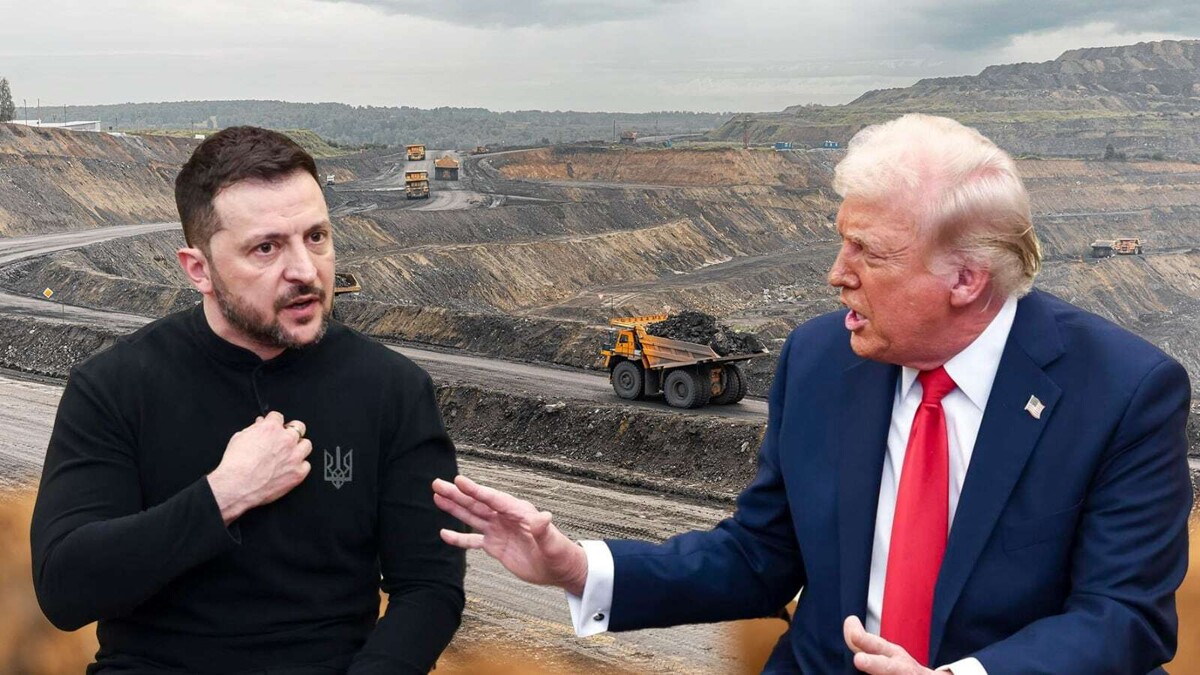
In an article for the media The Conversation, the question is raised about the capacity of the United States to extract and process rare minerals within its own territory. According to expert explanations, these elements are not usually found in easily accessible and economically viable mineral forms, so it is crucial to identify resources with sufficient concentration and volume to allow for their economic production.
Currently, the United States has only two national rare earth extraction sites: Georgia and California. Despite this, the majority of these materials are imported, as the concentrates produced are sent out of the country for refinement. In 2024, the country imported a high percentage of rare earths, gallium, natural graphite, lithium, nickel, and cobalt, among others.
In southeastern Georgia, rare earth elements are produced as a byproduct of heavy mineral sand extraction, as well as rich mineral sand deposits in titanium and zirconium. On the other hand, in Mountain Pass, California, hard rock mining is conducted to extract bastnasite, a rare earth carbonate mineral, although much of this material is sent abroad for refinement.
The complexity of processing in the United States, influenced by factors such as environmental impacts, energy demand, and regulatory restrictions, has led the country to rely heavily on imports of these resources. Efforts for exploring critical minerals are increasing across the country, although identifying resources does not guarantee immediate production, as traditional mining can take a long time to transition from exploration to production.
From minerals like lithium, cobalt, nickel, and graphite in batteries to gallium in telecommunications systems, these critical materials are fundamental to current technology. Given the growing global demand and geopolitical tensions, the supply of these minerals has become an urgent concern.













